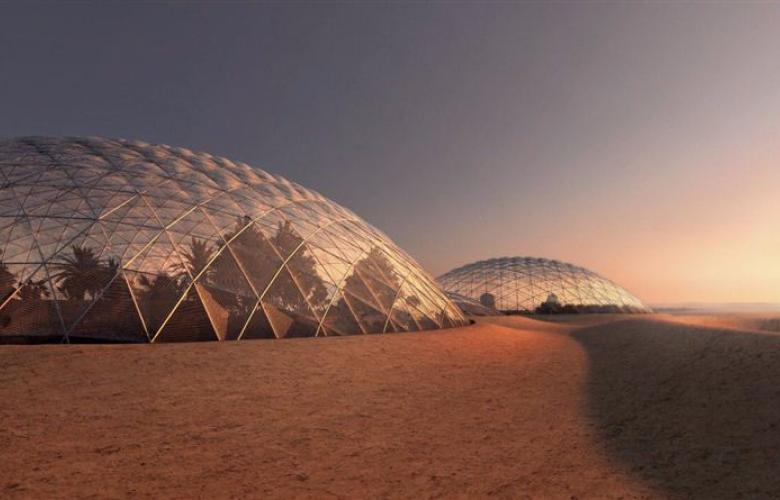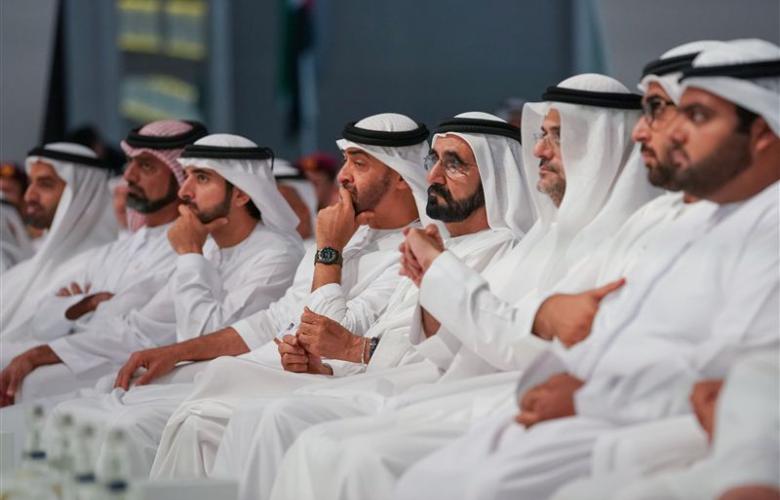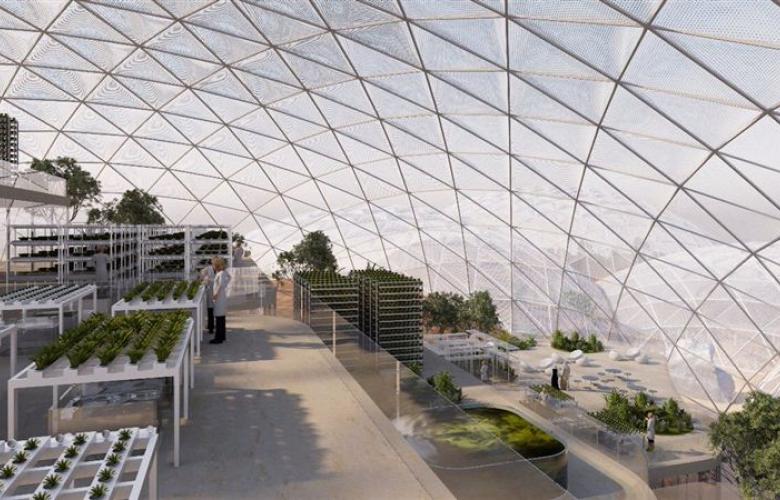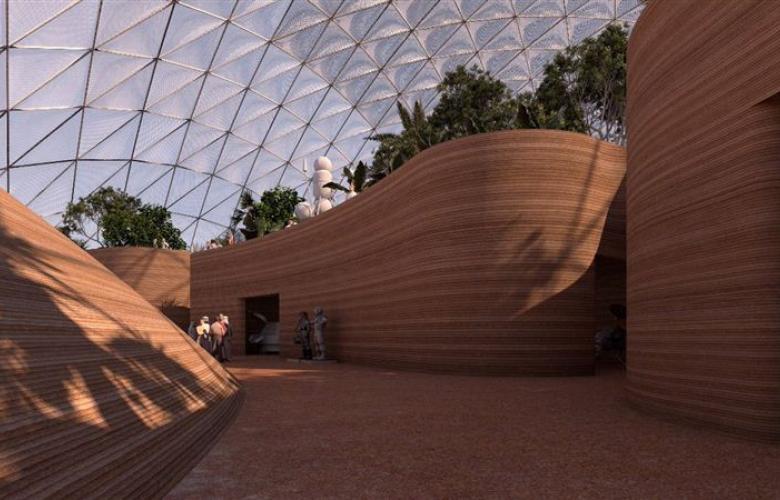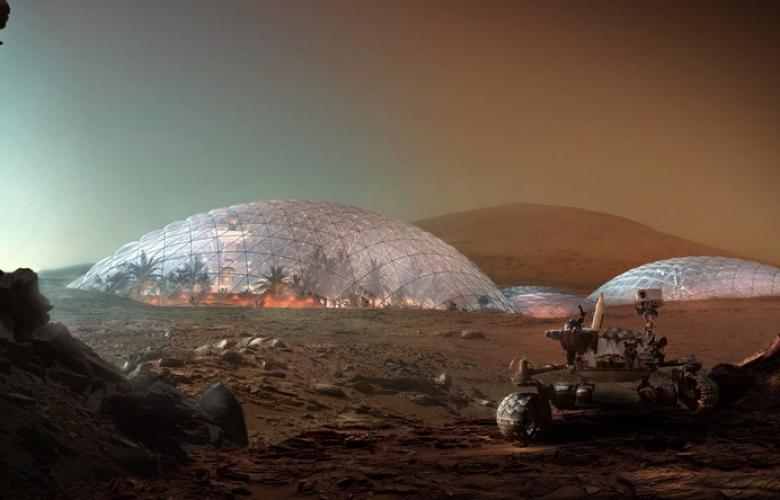Vice President, Prime Minister and Ruler of Dubai, His Highness Sheikh Mohammed bin Rashid Al Maktoum, and His Highness Sheikh Mohamed bin Zayed Al Nahyan, Crown Prince of Abu Dhabi and Deputy Supreme Commander of the UAE Armed Forces, have launched the Mars Science City project. The AED 500 million-City will cover 1.9 million square feet, making it the largest space simulation city ever built and will provide a viable and realistic model to simulate living on the surface of Mars.
The project, which was unveiled at the annual meetings for the UAE government in Abu Dhabi on Tuesday, encompasses laboratories for food, energy and water, as well as agricultural testing and studies about food security in the future. The science city will also boast a museum that displays humanity’s greatest space achievements, including educational areas to engage young citizens with space, and inspire in them a passion for exploration and discovery.
At a glance:
- The Mars Science City project has been launched
- It will be the largest space simulation city ever built
- The UAE has objectives to lead the global scientific race to take people to Mars
- A team will live in the stimulated red planet city for one year
- The aim is to learn how to sustain life in a hostile planetary environment
- This is a step towards having the first settlement on Mars in the next 100 years
At the meetings, Sheikh Mohammed bin Rashid said, "The UAE seeks to establish international efforts to develop technologies that benefit humankind, and that establish the foundation of a better future for more generations to come. We also want to consolidate the passion for leadership in science in the UAE, contributing to improving life on earth and to developing innovative solutions to many of our global challenges."
"The new project is another step in the UAE’s leading contributions to the global science movement; we seek to set an example and motivation for others to participate, and contribute, to humanity’s march into space," he concluded.
Sheikh Mohamed bin Zayed said, "We have great confidence in our national work teams, and Emirates Mars Mission prove that our youth are trustworthy and capable of achieving national ambitions."
The Mars Science City project falls within the UAE’s objectives to lead the global scientific race to take people to Mars, and is part of the Mars 2117 Strategy, which seeks to build the first settlement on Mars in the next 100 years.
It will include advanced laboratories that stimulate the red planet’s terrain and harsh environment through advanced 3D printing technology and heat and radiation insulation. The walls of the museum will be 3D printed, using sand from the Emirati desert.
A team will live in the stimulated red planet city for one year. It is hoped the experience will form an important reference model for future innovation around sustaining life in a hostile planetary environment, including self-sufficiency in energy, water and food.
A team of Emirati scientists, engineers and designers, led by a team from the Mohammed bin Rashid Space Centre and Dubai Municipality, will carry out the project, in cooperation with internationally renowned architects Bjarke Ingels.
This information was sourced from Government of Dubai Media Office.
See also:
Virtual 3D models revolutionise Dubai real estate market
Cityscape Global 2017 off-plan unit sales triple in one year
Dubai reveals top 10 nationalities that invested AED151 billion in real estate
